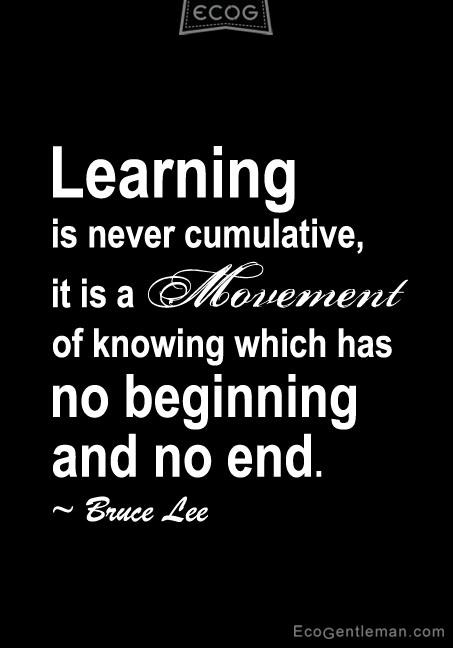The PIDP has
ignited my passion for learning with so many new discoveries and approaches I can
put directly into practice. I have realized its’ not just about providing
content, great teaching is providing opportunities for students to gain and
practice their new knowledge and skills, promoting deeper level thinking (why, how)
and setting high expectations for all
students and being available to help them get there. My biggest AH HA moment was
to realize that learning styles are not as relevant as using a multitude of
instructional techniques and modes that which best suit the material being
delivered.
Some examples
of how I will help students achieve their learning goals and create positive learning
opportunities are to:
- Build a positive and respectful classroom environment
- Create relevant and valid lessons and connect learning to prior or future knowledge and share how it will be beneficial to the students
- Use BOPPS to create well rounded lessons with at least three different resources to enhance and support the lesson
- Help students set SMART goals to foster both intrinsic and extrinsic motivation
- Develop assignments and tasks that provide active learning opportunities
- Create authentic assessments to empower students
- Use lots of formal and informal formative assessments to gain where students are in their learning and
- Provide timely, relevant feedback which encourages the student forward
- Embrace technology and use it to enhance a lesson and student learning (blogging/infographics/videos)
- Use silence more
- Be aware of my body language and personal habits and ticks
- Continuously monitor and reflect on my teaching to modify and improve my knowledge, approach and skills
- Share my own love of learning and foster curiosity and inquiry in students
http://dandanfotoman.deviantart.com/art/Mirror-reflection-2169774


